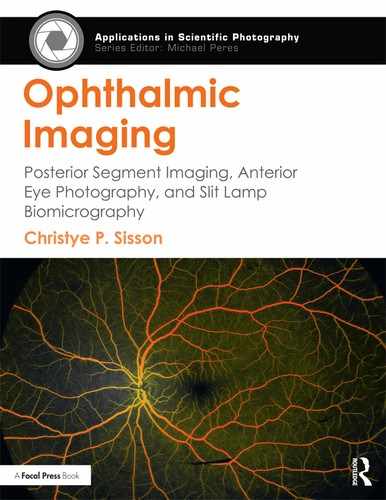Book Description
Ophthalmic Imaging serves as a reference for the practicing ophthalmic imager. Ophthalmic imaging combines photography and diagnostic imaging to provide insight into not only the health of the eye, but also the health of the human body as a whole. Ophthalmic photographers are specialists in imaging through and in the human eye, one of the only parts of the body where the circulation and nervous system is visible non-invasively. With technical perspective as context, this book will provide instructional techniques as well as the background needed for problem solving in this exciting field. The book covers all aspects of contemporary ophthalmic imaging and provides image support to ophthalmologists and sub-specialties including retinal specialists, corneal specialists, neuro-ophthalmologists, and ocular oncologists. This text serves as a reference for the practicing ophthalmic imager, or to imagers just getting started in the field.
